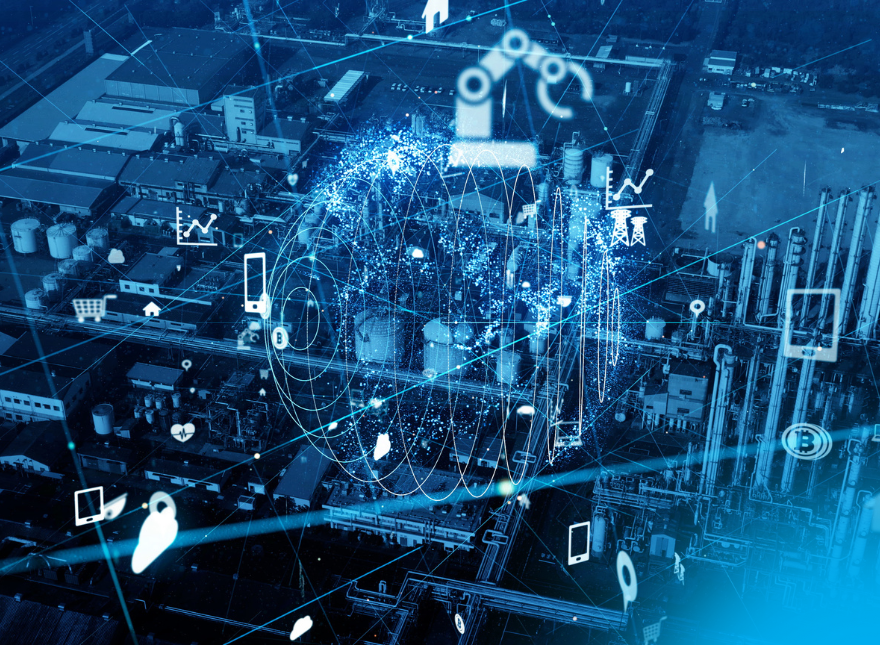Check out our latest blog article: From component to enterprise – modular robotics done right.
IoT for Seniors: How Technology Improves Quality of Life for Older Adults

The US population is aging. According to the US Census Bureau, the number of Americans aged 65 and older reached 50 million last year. By 2030, this number could reach 78 million, which would amount to 19% of the country’s population. The Census Bureau predicts that seniors will outnumber children under 14 by 2035.
With the aging population comes extra pressure on the senior care market and healthcare industry to provide an adequate quality of life for senior adults.
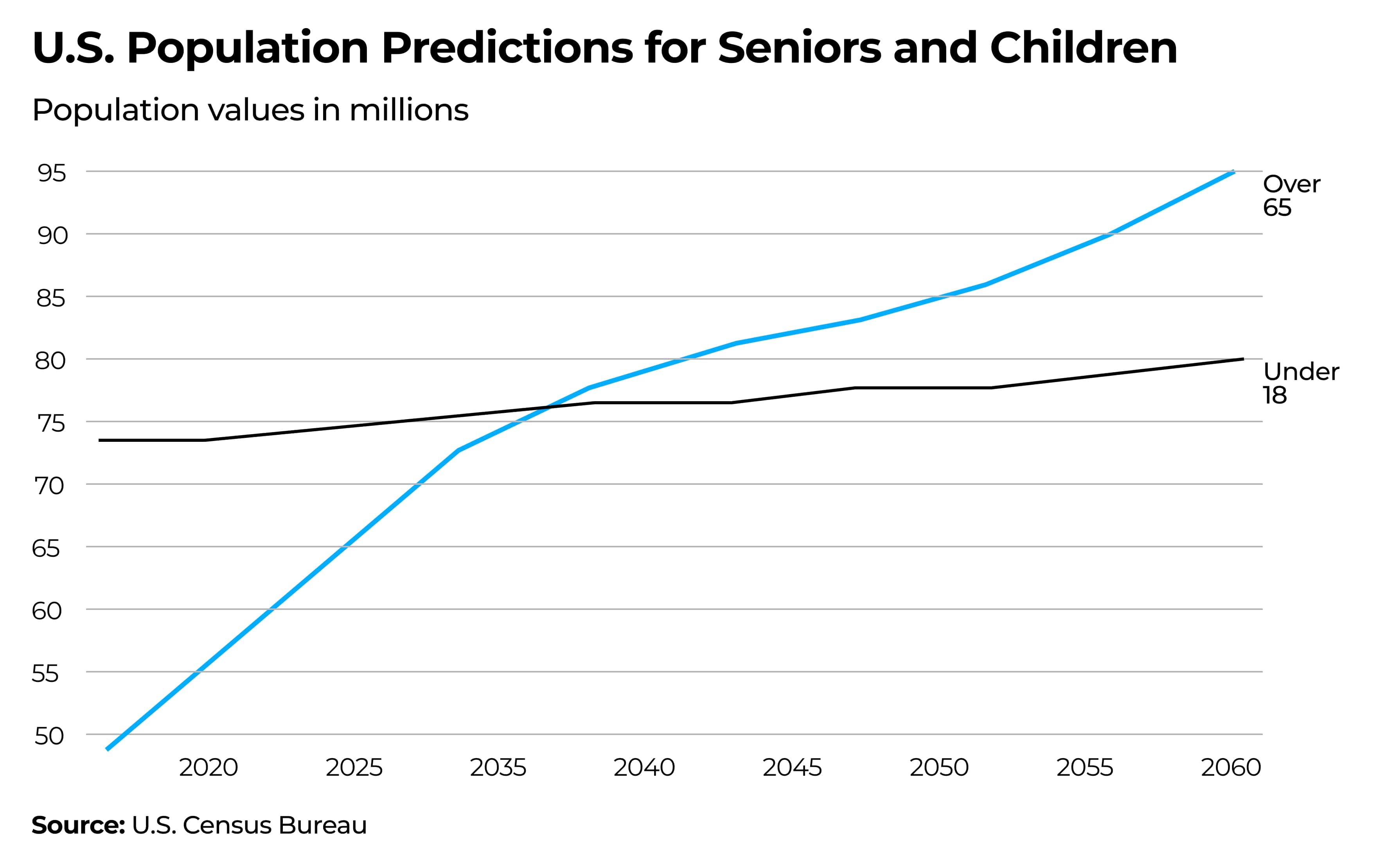
Today, 35% of older people in the US receive some sort of government support, including nursing homes, assisted living, and residential communities. The overwhelming reason for this is that many older adults do not get long-term care from their relatives.
Many of the medical costs associated with senior care are covered by the government. On average, the government spends $26,000 per senior person annually. This is almost three times as much as the country spends on children and the working population.
How could technology help older adults live independently for longer while keeping down government expenditure? IoT solutions look promising here in many ways. First, digital solutions for the healthcare industry could keep older people out of care homes and help them stay active and independent. IoT could also minimize operational costs. Here’s proof.
IoT for Senior Adults: Use Cases
Recent studies show that at least 42% of US citizens aged 65+ own a smartphone. Being able to use a smartphone went from being a luxury to a necessity when the COVID-19 pandemic struck, forcing older people to adopt telehealth solutions to mitigate risk.
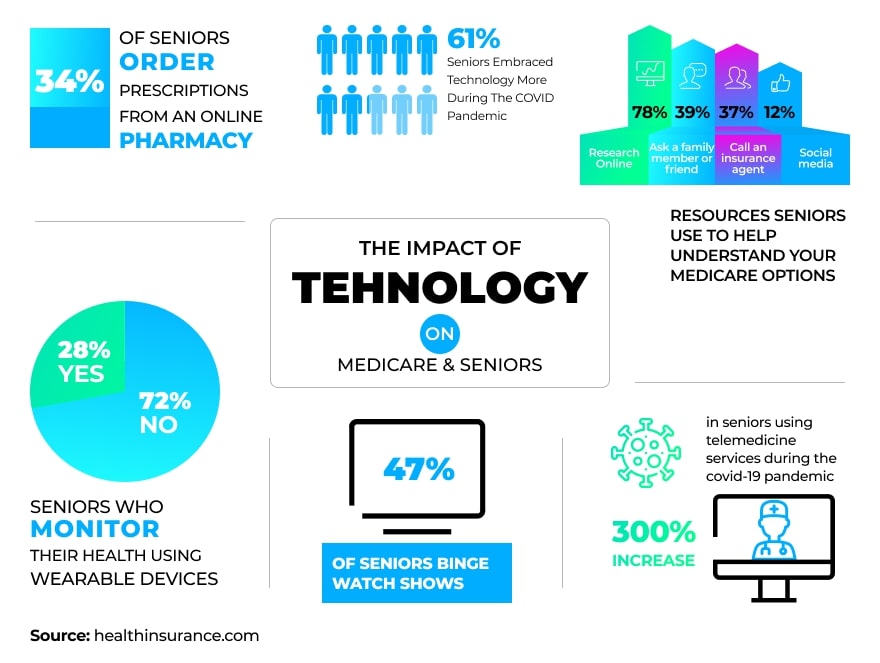
According to a recent survey conducted by healthinsurance.com, more than 60% of Americans aged 65+ are open to using telehealth. More than 40% of respondents said they had used telemedicine solutions since the start of the pandemic, with 30% saying they had used it once a month. Moreover, 25% of seniors are currently using smartphone health apps, and 28% monitor their health using a wearable. The statistics mentioned above indicate that older people of today are tech-savvy and use smart solutions. These are the trends rocking healthcare.
Now, let’s consider smart IoT solutions that come in handy for senior care. They typically revolve around health monitoring, safety and home security monitoring, and interaction with the outside world.
Health Monitoring
At least 80% of older adults have one chronic condition; 68% have two or more. Smart devices can help older people manage these conditions. Caregivers obtain data from various devices connected to the cloud and analyze and assess the everyday life patterns of senior patients. Moreover, technological advancements help detect health problems before they escalate. If any deviation is suspected, a healthcare worker will be automatically notified
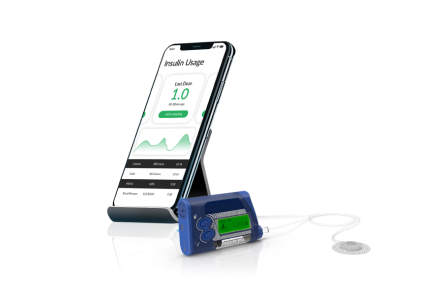
Diabetes
An example of IoT for senior citizens includes connected blood sugar monitors, which aid diabetes management. When a user’s blood sugar is low, an emergency alert is sent to doctors to call for immediate medical aid.
- CONTOUR. CONTOUR, a blood glucose monitoring kit by Ascensia, provides accurate glucose testing. The system connects to the CONTOUR™DIABETES app, sends smart alerts to inform users when their blood glucose levels are at a critical high or low, and shares reports with doctors.
- FreeStyle Libre System. Another renowned gadget is the FreeStyle Libre System, a glucose monitoring system consisting of a handheld reader and a sensor worn on the back of the upper arm that measures glucose every minute.
- Medtronic Solutions. People with type 1 diabetes and many with type 2 need to take insulin regularly. Smart insulin pumps are already changing the way patients live with the disease. An insulin pump is a small medical device programmed to infuse insulin through a catheter placed under the skin. It offers high precision when dosing. Medtronic products, for example, automatically change the amount of background insulin a person receives based on their body's needs, and calculate and recommend precise bolus doses.
Arthritis
IoT solutions are excellent for helping people manage arthritis. Older adults with this condition experience difficulties while moving around their homes. IoT devices like smart lighting systems, door locks, and thermostats can minimize the need to move. Some devices have also been created for therapeutic purposes.
- Quell Wearable Pain Relief Technology Kit. The Quell Wearable Pain Relief Technology Kit provides wearable intensive nerve stimulation (WINS) for easing leg, foot, and knee pain.
- Omron Healthcare Avail TENS Unit. There is also the Omron Healthcare Avail TENS Unit, a drug-free home pain relief system now available on the market. OMRON Avail is a wireless, independent dual-channel pad that delivers TENS technology and microcurrent therapy to alleviate acute and chronic muscle and joint pain.
Safety and Home Security
Connected devices help seniors live safer. Over one-third of adults over 65 have at least one fall each year. Fall injuries are among the 20 most expensive medical conditions. Smart devices in this category measure movement patterns, prevent and detect falls, and track a person’s location. Caregivers can install a motion sensor that sends an alert if no movement has been detected over a long period of time.
Fall Detection and Prevention Systems
Falls are a major cause of injuries that can be fatal, so smart fall prediction systems can save lives and reduce financial burden. Creating a fall prediction and prevention system, however, is a challenging task. Existing solutions mainly focus on physiological factors, such as gait, age, vision, neurological disorders, and cognition. But engineers should address the multifactorial nature of falls, including intrinsic and extrinsic risk factors, and perform analysis in real-life conditions.
Fall detection systems alert the user and healthcare provider after a fall has occurred, telling them to call for immediate medical aid. They also constantly measure the user’s speed of movement in all directions. Such devices have accelerometers and processors that can tell the difference between regular activity and a sudden fall. Automatic fall detectors are equipped with wearable sensors that can be integrated into belts, watches, and shoes.
- SureSafe. An example of this is SureSafe—a wearable device that automatically alerts a caregiver when a fall is detected.
Safety Solutions
- ADT Home Security. ADT Home Security is a system that includes a digital control panel, entryway contacts, a wireless keychain remote, a motion detector, yard signs, and window decals. The panel helps users control their security system, and manage dozens of other smart home devices that they can add. Entryway contacts detect attempted break-ins at exit points like doors and windows, and motion detectors cover wide areas of a senior’s home to trigger lights and security cameras.
- Luna Lights. Luna Lights is an automated lighting system consisting of ultra-thin pressure sensors that detect when users get out of bed. The system immediately turns on small, wireless lights around the home and can also send notifications to a caregiver.
- Path Feel. A more unorthodox solution is Path Feel—insoles that help improve balance and mobility in older people by providing vibrational feedback.
IoT devices can also track changes in air quality, temperature, humidity, or carbon monoxide levels, notifying a family member in case of deviations and danger.
Interactions with the Outside World
Technology advancements are also changing the way older adults interact with healthcare providers, communicate with their loved ones, and perform everyday tasks like grocery shopping. Ordering groceries or pills can be as simple as asking a smart speaker to purchase the necessary items and then waiting for them to arrive.
Communication Platforms
- Grand Care. GrandCare is a sensor-based, proactive, predictive, and preventative home healthcare and communication platform. An easy-to-use touch screen, which is placed in the residence of the care recipient, GrandCare offers wireless remote activity monitoring and telehealth sensors that alert designated caregivers for further action. The solution includes socialization, activity monitoring, health, and community features.
IoT for People With Sensory Impairments
- DOT WATCH. Some helpful IoT products are commonly used by older people with vision or hearing impairments. DOT WATCH (a Braille and tactile smartwatch) is a wearable device created by the company that outputs text in Braille (and its many versions) on the watch face.
- Oticon Hearing Aids. The company Oticon manufactures Oticon Hearing Aids. The solution gives constant access to 360-degree sound, reduces background noise, and sends refined sound directly into the users’ ear canals.
Robot Helpers
- Elliq. There are companion robots currently available that remind people to take their medication, help them connect with family, play music, and interact. Take Elliq for instance. It's a smart dedicated sidekick for older adults. The solution is equipped with the following features: messaging, cognitive stimulation and games, curated music and videos, picture sharing, calendar appointments, daily routine reminders as well as a question and answer feature. Communication with robots provides a sense of community, which is imperative for seniors aging alone.
What are the Drawbacks of Using IoT Solutions for Senior Care?
IoT promises independence for many older people and the chance to stay in their own homes. The benefits of smart solutions are endless. However, there are some legitimate concerns about IoT technologies.
Struggling With Technology
First and most critical is the issue of age and technology. Some older adults struggle with confusing and hard-to-decipher apps, devices, and user interfaces as well as complicated, multi-stage installation and operation procedures. The increased prevalence of visual and hearing impairments is a factor. Color vision also diminishes with age, so some older adults may have difficulty distinguishing colors and need a higher contrast between colors.
Some older people come to rely on a select few easily reached features once they figure out how to operate something they find useful. Unless accessing these useful features becomes a regular habit, they may need to relearn how to do it over and over.
To simplify understanding and deliver a compelling user experience, vendors should ensure their product is easy-to-use and navigate. For this, developers should first carry out thorough UX research and discovery, collect functional requirements, and prepare product concept sketches. The next step is defining the target audience and specific end-user groups. Once the groups have been selected, engineers may proceed to the design phase with customers in mind. Finally, conducting a series of tests involving seniors is essential for transforming end-user needs into a seamless user experience. This will help determine if the solution is suitable for older adults and delivers true value.
Seeking Security
Some seniors and caregivers are distrustful of smart aging solutions in terms of security and privacy. Naturally, such products are as vulnerable to hacking as any other IoT device. For instance, a core function of monitoring solutions is to remotely control an individual’s activities, health, and safety, while collecting and transferring this data via the internet for further examination and storing it in the сloud. The data could be accessed and used by unauthorized third parties, which increases the risks of financial and physical harm. To protect personal and medical data, technology companies should encrypt it, adopt cybersecurity frameworks, implement advanced user authentication and data access control mechanisms, validate and encode all input data, and keep the devices updated using OTA technologies.
To implement IoT solutions for senior care at scale, it is also necessary to integrate the technology systems with EHR software, patient portals, pharmacy software, and appointment scheduling applications. Currently, patient data is stored within siloed medical IT systems. This prevents caregivers from making well-informed decisions about the well-being of senior adults and their treatment. Alternatively, IoT devices for vital signs monitoring may collect data in different formats, which also affects medical data interoperability.
Take-home Message
A new CTA survey says health and remote care is possibly the most promising segment of the active aging market. 64% of seniors would appreciate monitoring and safety tech, and 61% said they are willing to use technology that makes life easier and postpones nursing care. Additionally, the COVID-19 pandemic and healthcare crisis will speed up the adoption of digital technologies—for instance, telehealth solutions. Smart solutions for independent aging are no exception.
More articles on the topic
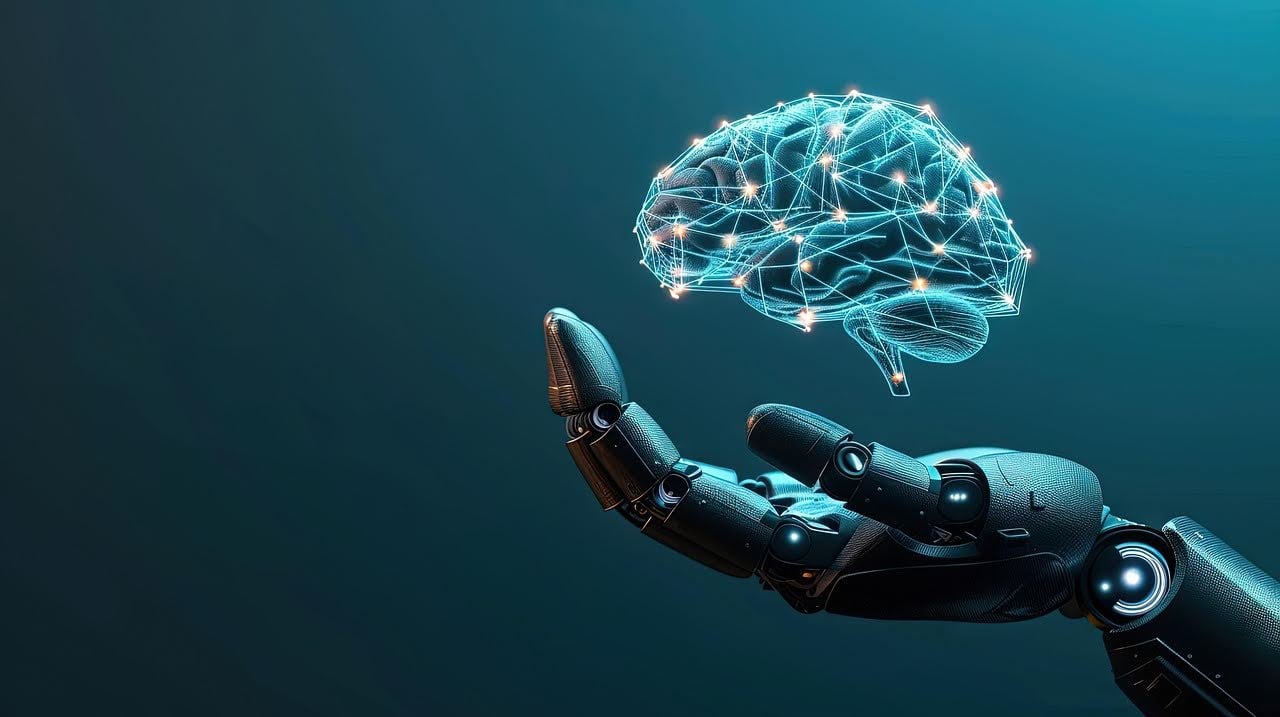
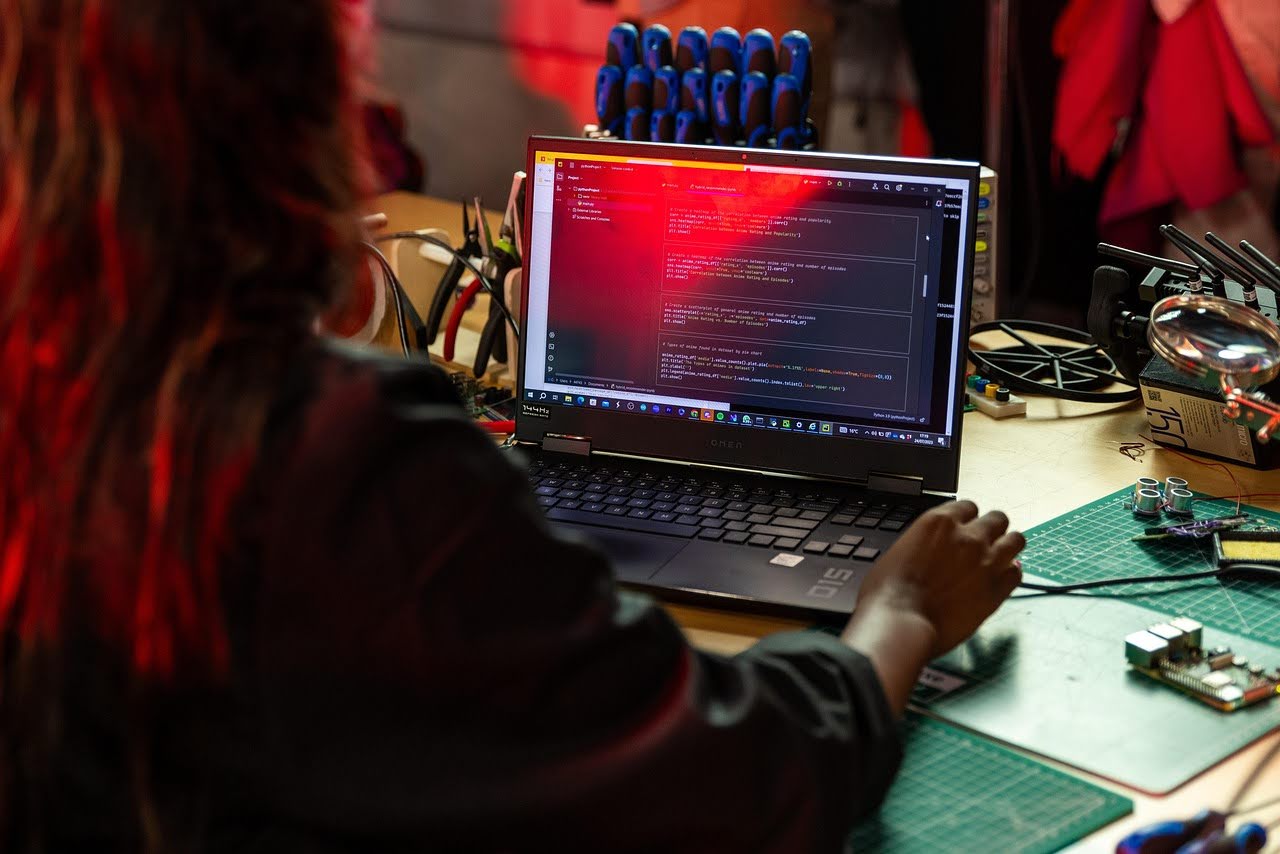
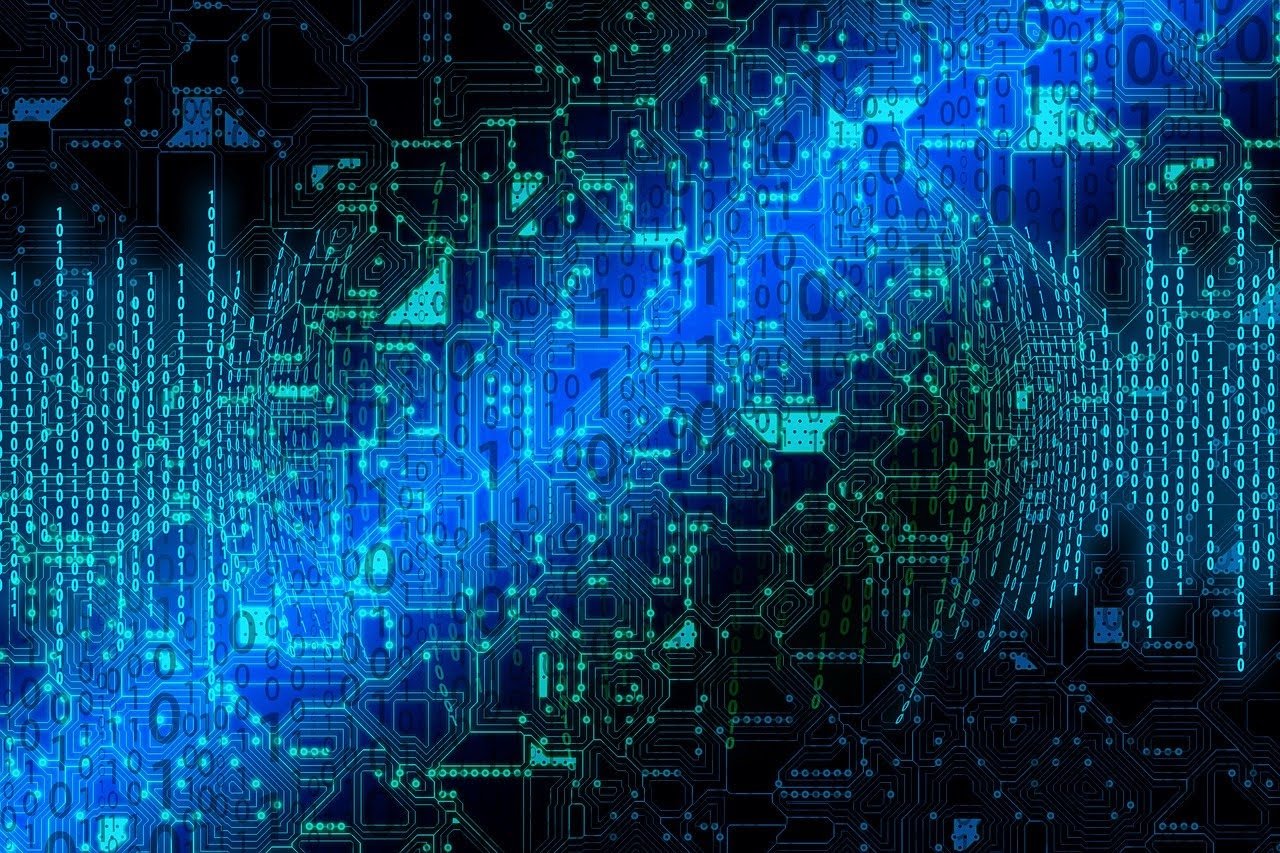
![[Webinar] T-Winning Strategies: How Digital Twins Drive Innovation & Efficiency](https://www.softeq.com/hubfs/Digital%20Twins%20Webinar.png)
![[Webinar] Wearables: Past, Present, & Future](https://www.softeq.com/hubfs/Blog%20Featured%20Image.png)
